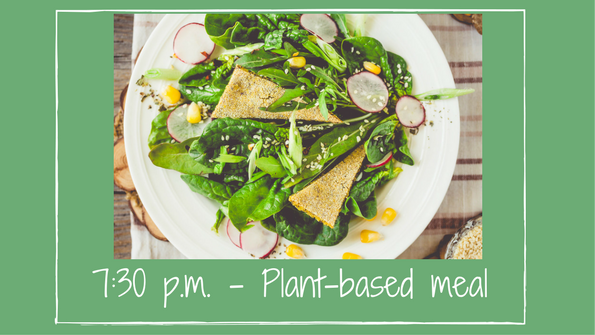Your best climate-friendly day ever
There’s a reason increasingly more environmentalists are lauding the new, delicious plant-based foods on store shelves: According to Project Drawdown, business-as-usual carbon and methane emissions could be reduced by as much as 70 percent if everyone adopted a vegan diet and by 63 percent for a vegetarian diet (which allows eggs and dairy products).
“The clearest way one can make a food choice that would reduce greenhouse gas emissions would be cutting out or cutting back on animal products,” agrees University of Colorado’s Peter Newton.
The problem with regularly eating meat such as beef isn’t just that cattle emit large amounts of methane gas. The problem is also due to what your meat eats, which in the United States is typically grain. According to a 2017 study published in Nature Plants, more than 40 percent of the greenhouse gases associated with grain production came from ammonium nitrate fertilizers—more so than transportation of the grain or the processing. And although grass-fed beef is generally better for the cattle and better for you (some studies show grass-fed meat contains higher levels of good fats), Newton cautions that buying grass-fed beef isn’t automatically better for the environment. “From an emissions point of view, pasture-raised beef requires much more land,” he says. “In many parts of the world, this means clearing natural vegetation to create pastureland. In the Brazilian Amazon, where I conduct most of my research, the creation of cattle pasture is the leading cause of deforestation.” The point: Even consciously raised animal products have a larger emissions load. Eat them sparingly.
Plant-based eating is the best way to reduce your carbon footprint three times per day. Beans, chickpeas and lentils rank among the least-carbon-intensive protein sources, closely followed by rice, soy, nuts and eggs. Thankfully, plant-based eating can be delicious, too.
